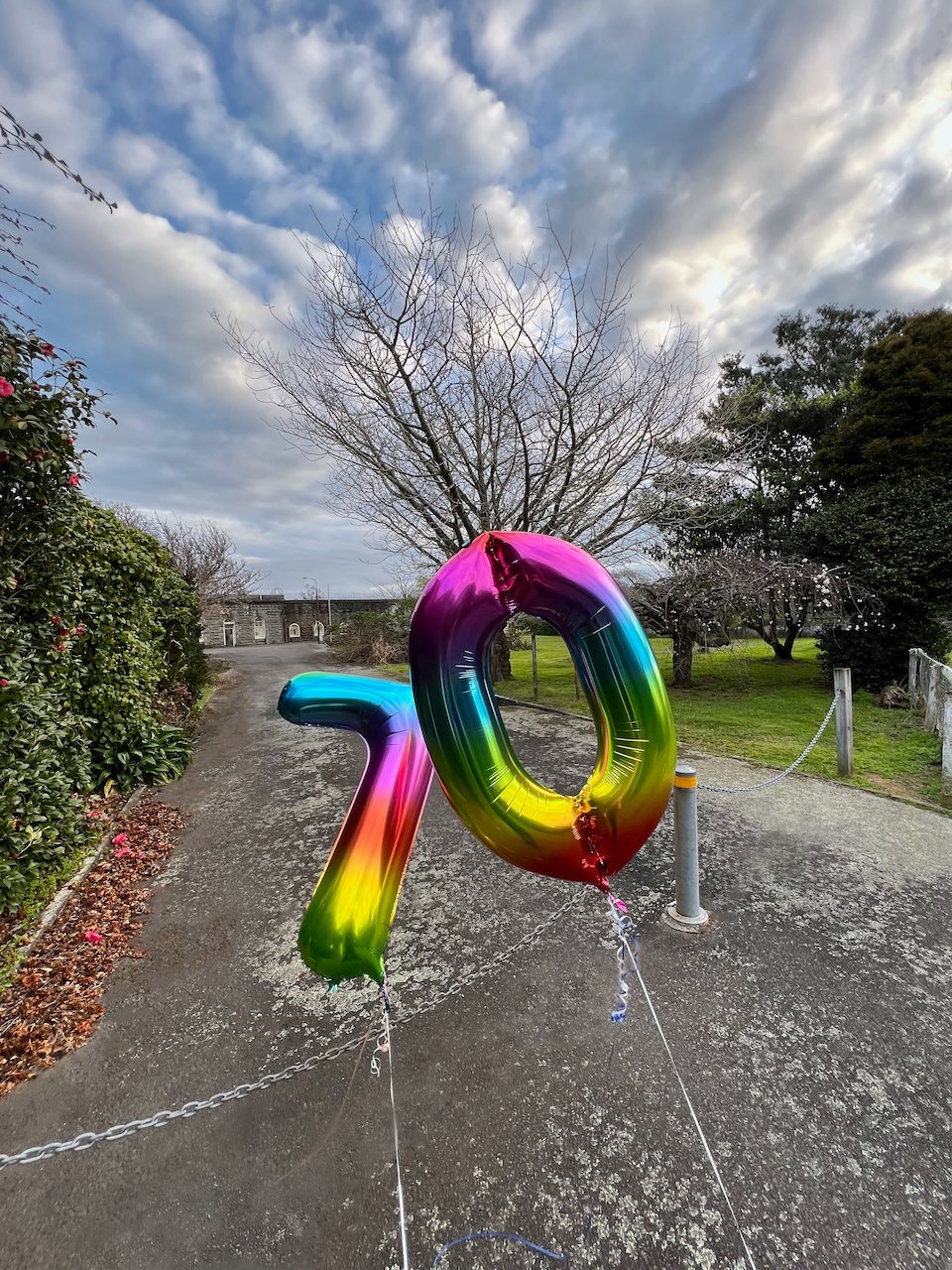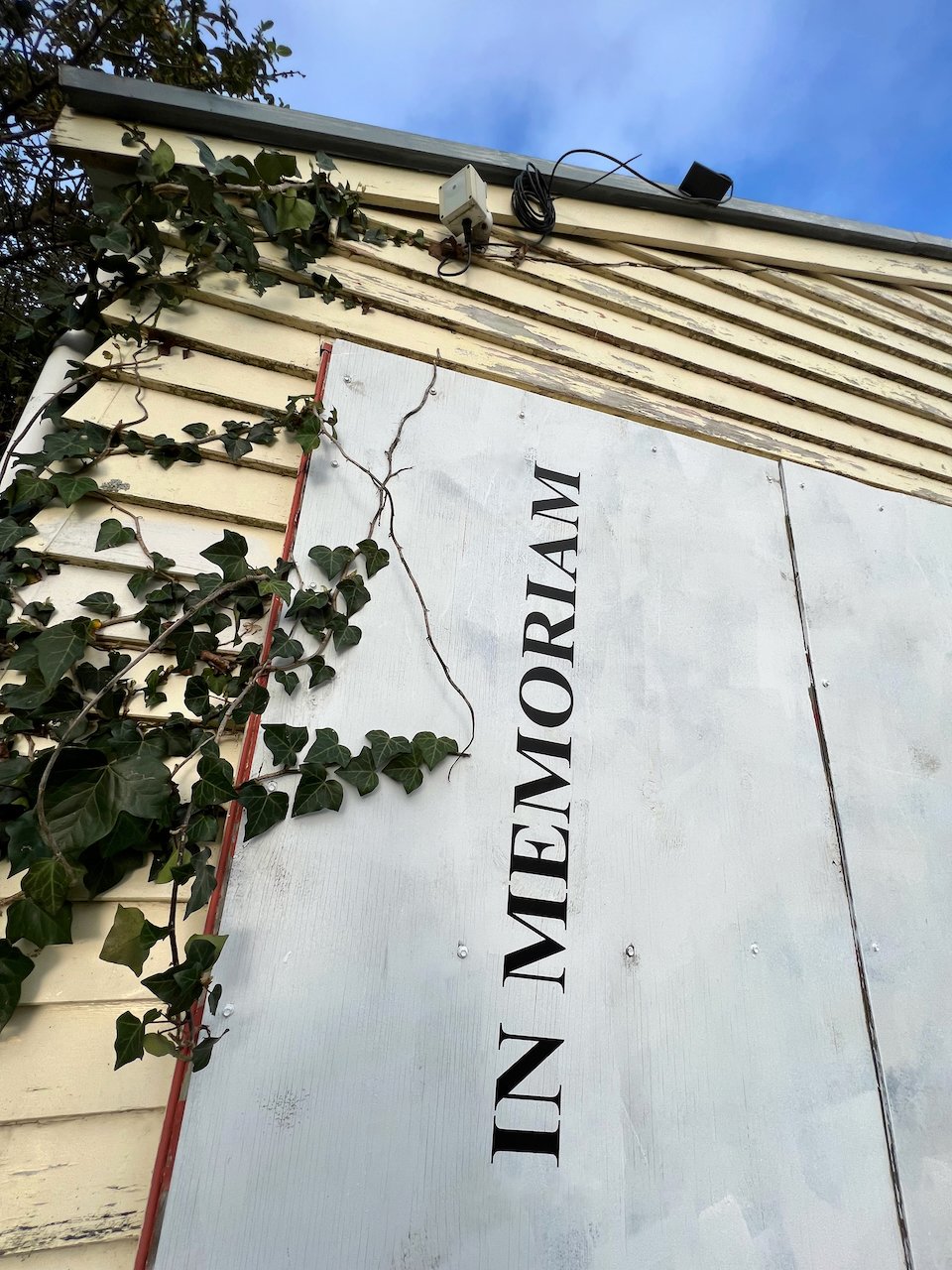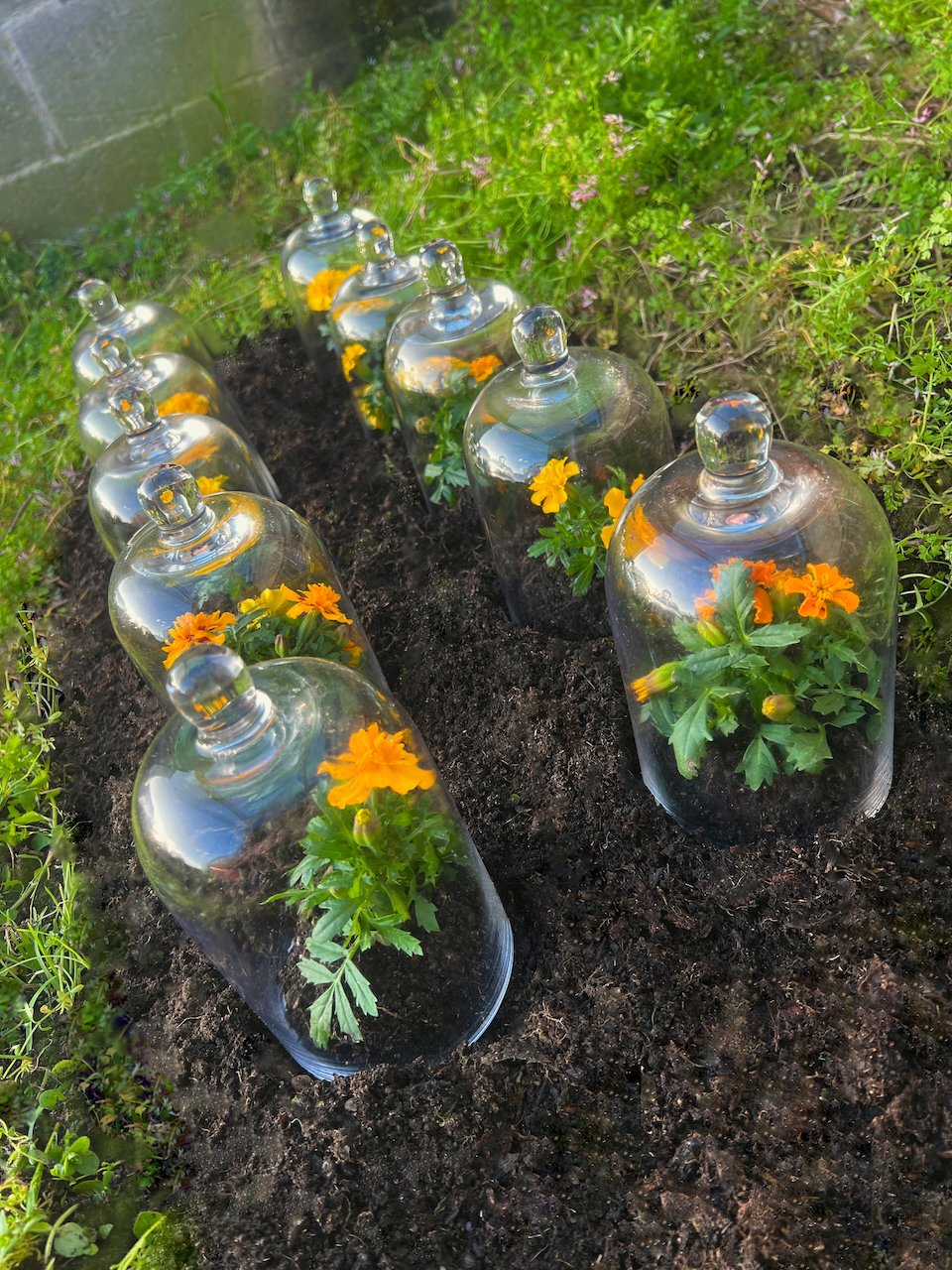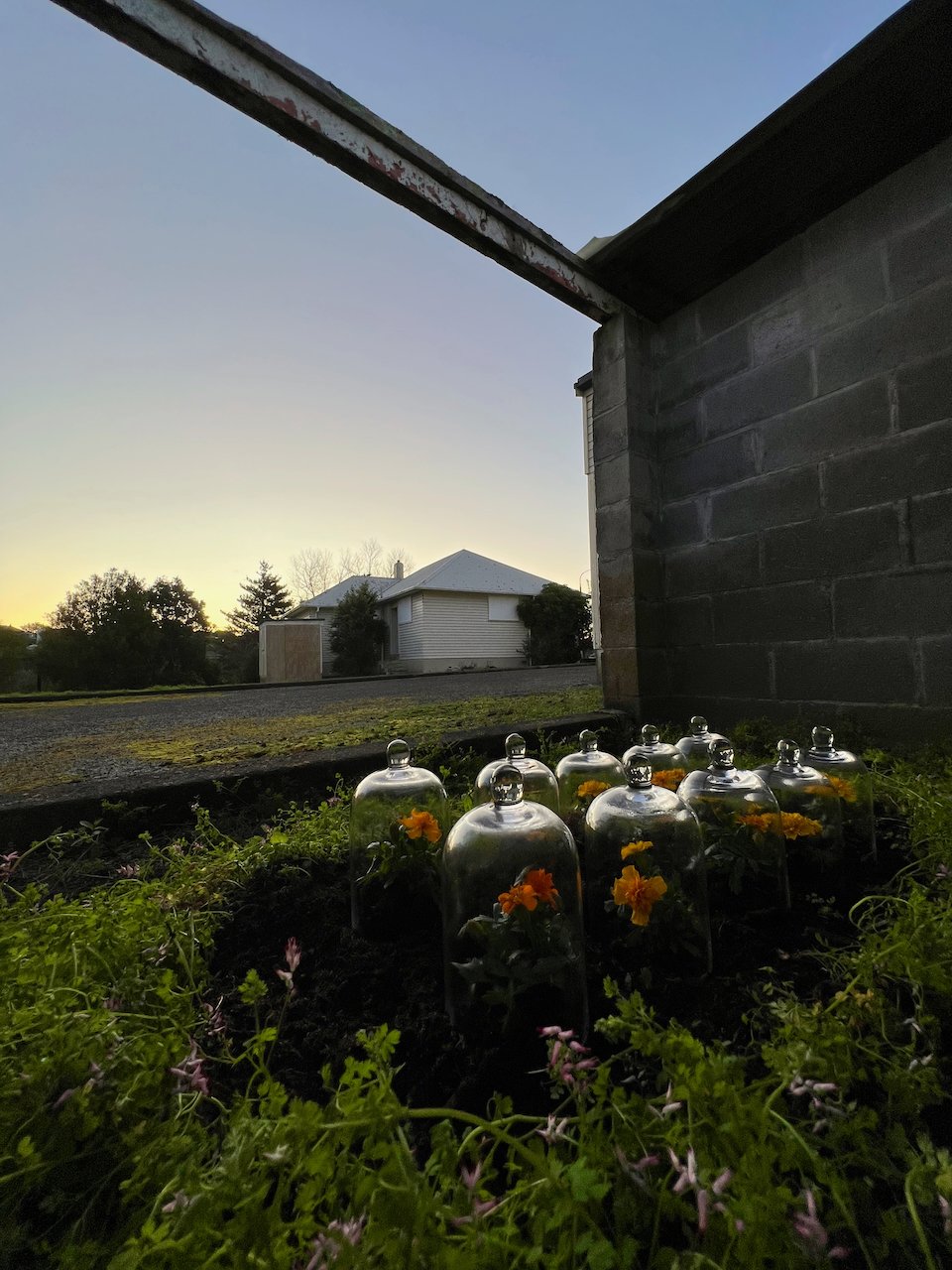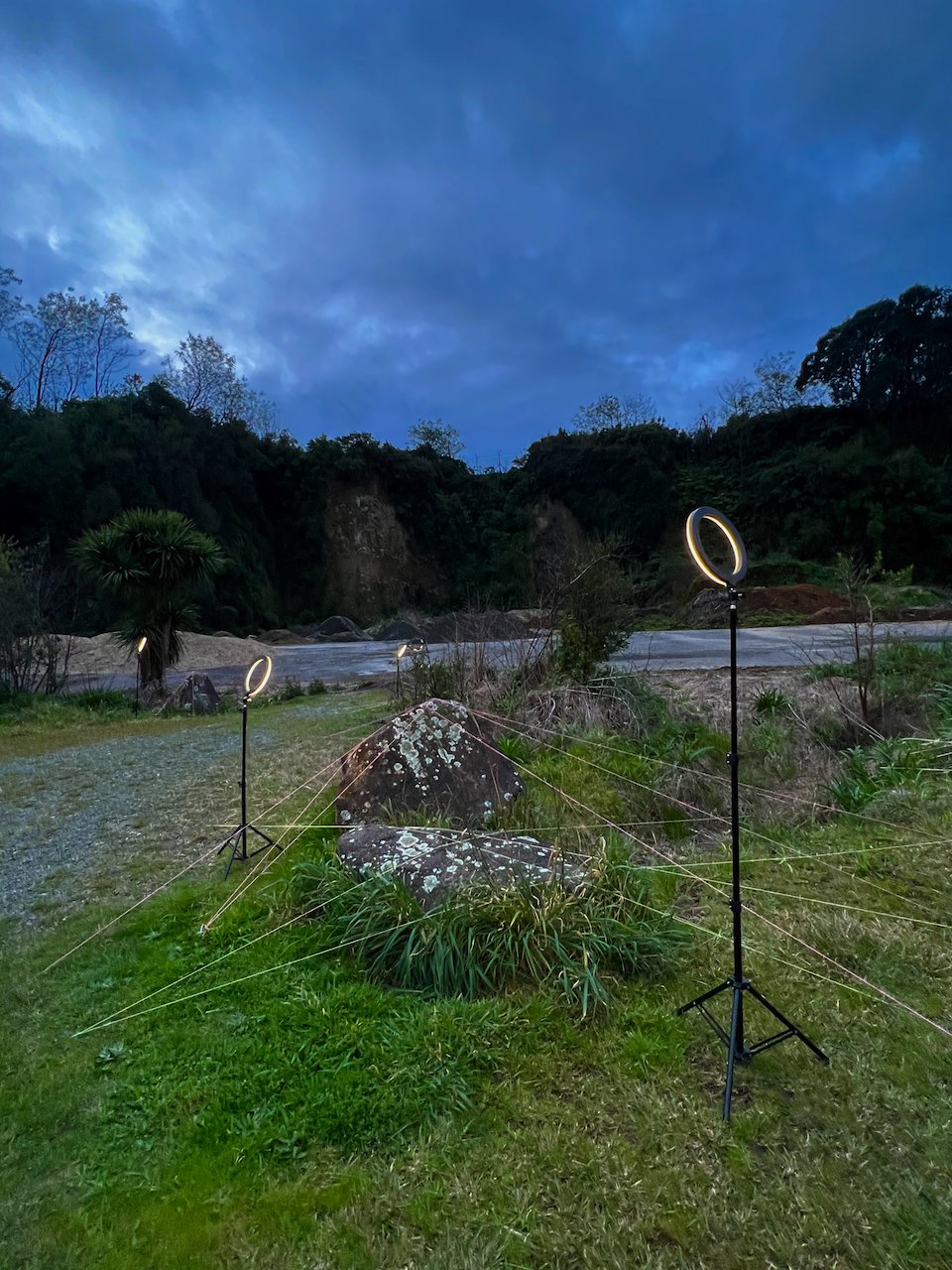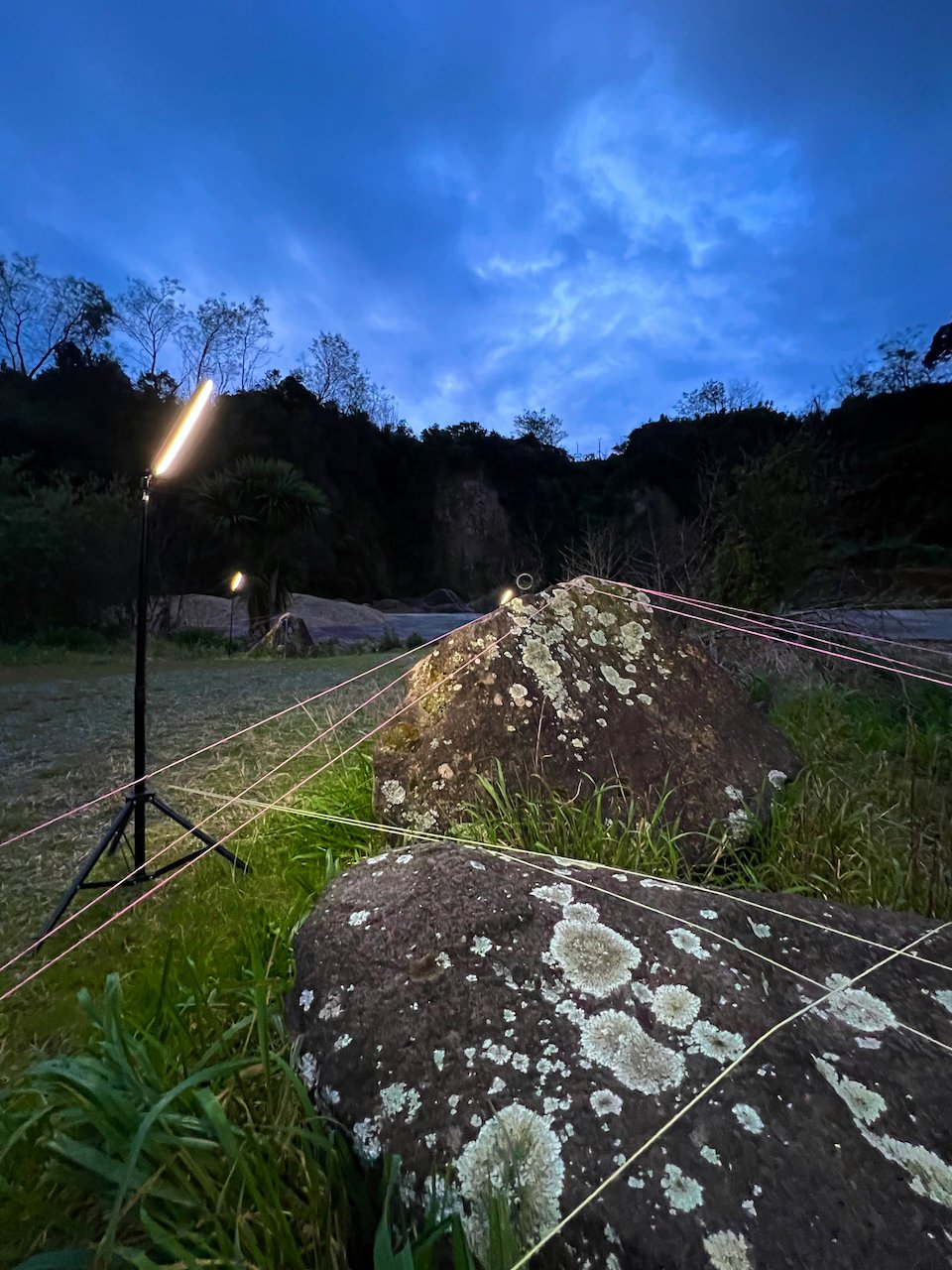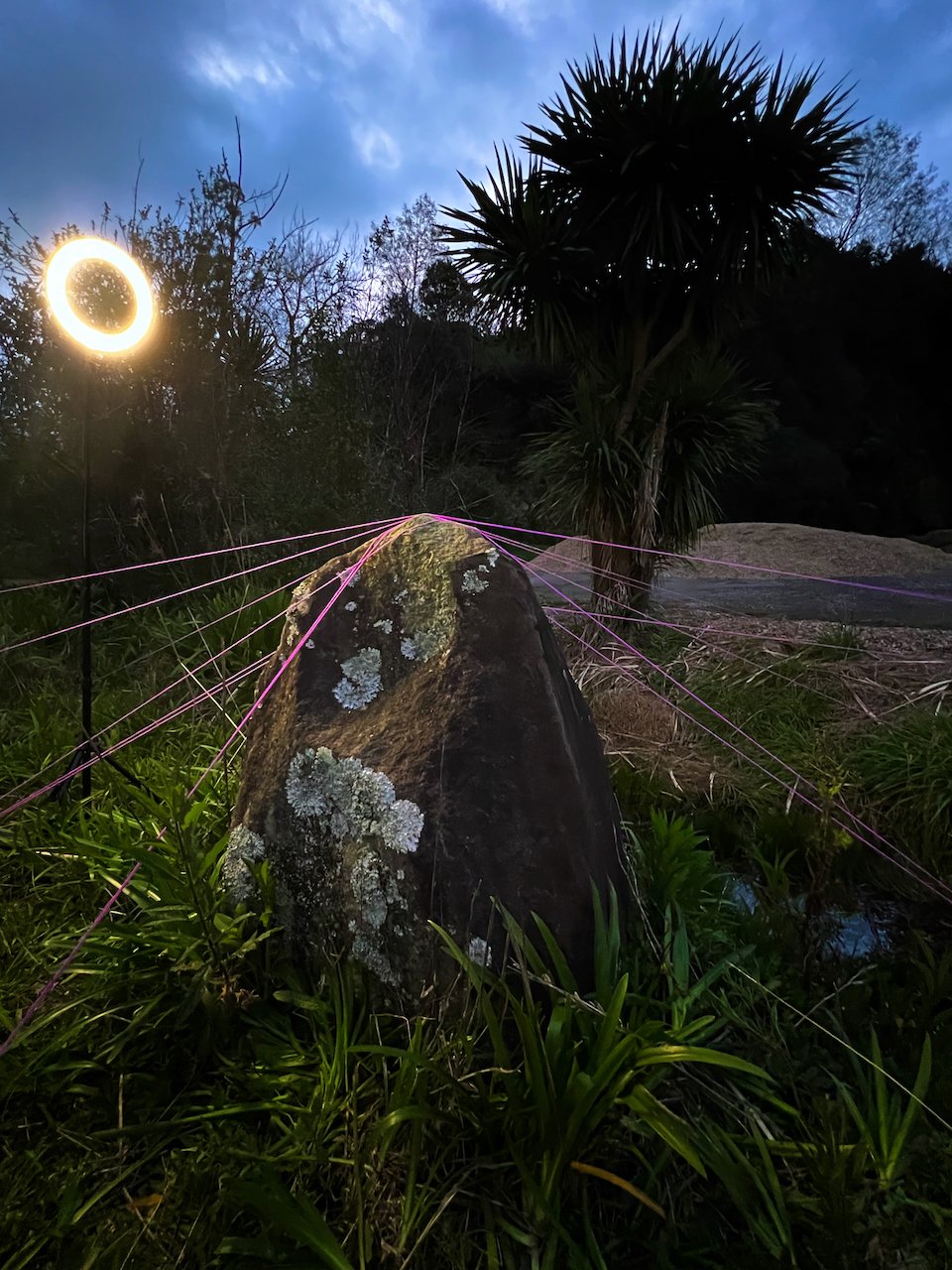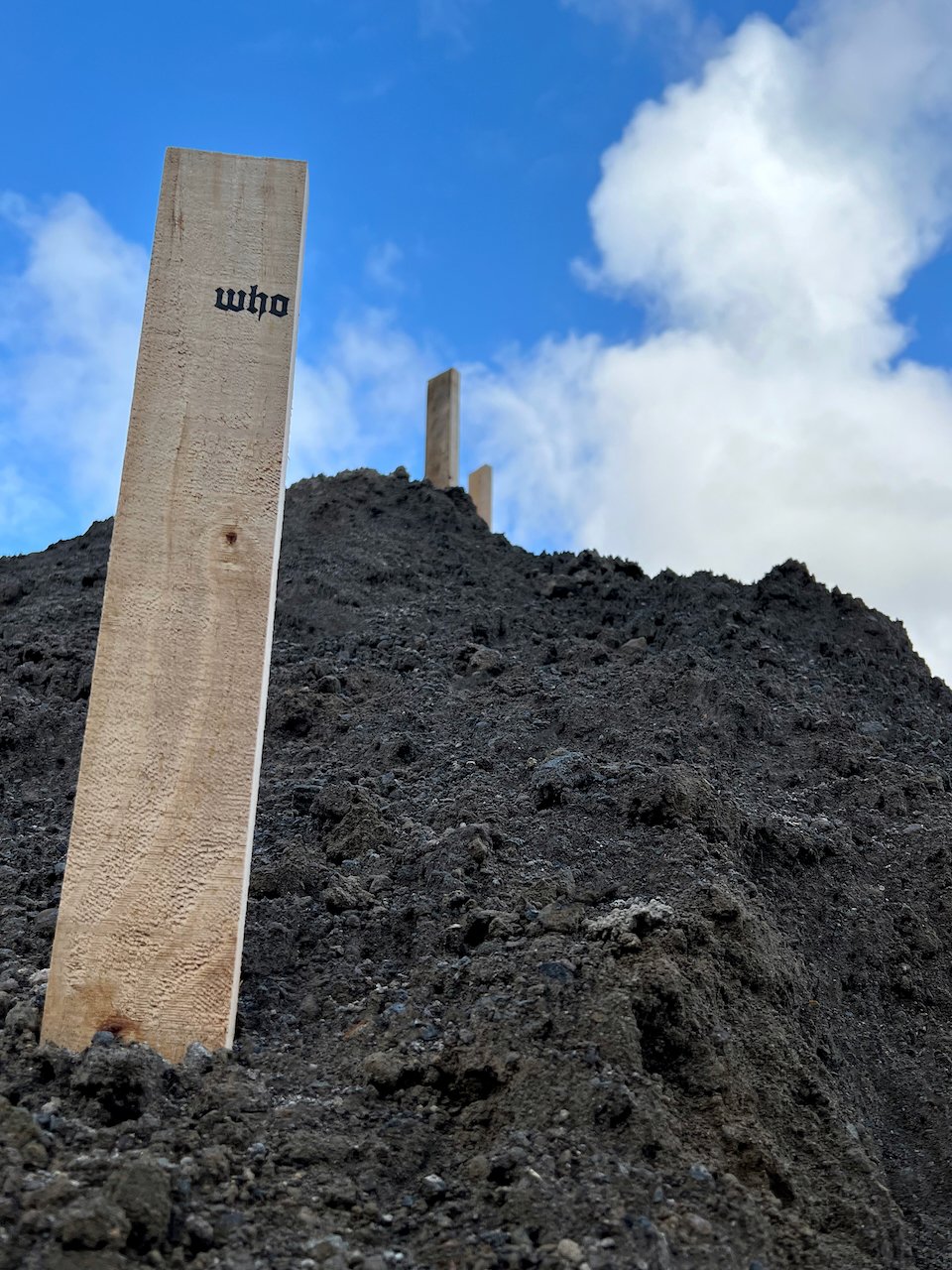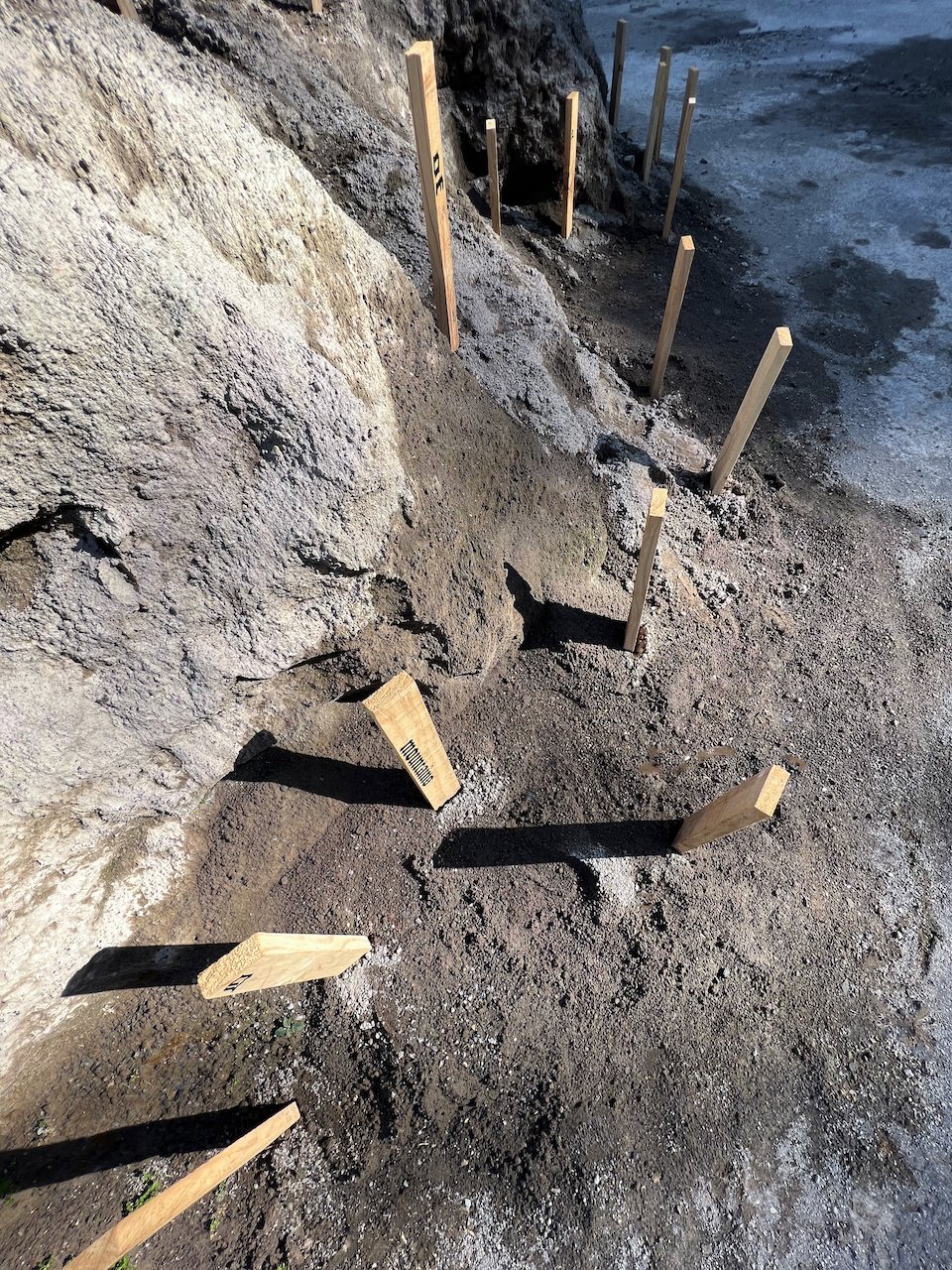HARD LABOUR
New Plymouth Prison, New Plymouth, New Zealand, 2022.
The New Plymouth Prison was a centralised prison for men convicted of homosexuality in New Zealand from 1917 - 1952. Sexual relations between men were criminalised during this period in accordance with the New Zealand Crimes Act 1908 which identified these relations as “crimes against morality” and an “unnatural offence”. Offenders could face up to life in prison which could include hard labour and flogging. The prison had a quarry attached that prisoners were put to work in.
This body of work was exhibited in 2022, 70 years after the New Plymouth Prison was no longer used as the centralised prison for men convicted of homosexuality in New Zealand. At the time of this project (2022) the prison was not in use and the quarry was used by local council for the temporary storage of materials.
Through a platinum lens
This work acknowledges the 70 year anniversary since the New Plymouth Prison was no longer used as the centralised prison for men convicted of homosexuality in New Zealand. Two foil balloons are placed at the main entrance of the prison, anchored to the ground with rocks taken from the quarry attached to the prison.
IN MEMORIAM: 1917 - 1952
This work acknowledges and makes visible the New Plymouth Prison as a site of significance to LGBTQI+ communities. The work is sited on the temporary hoardings of a building near the main prison entrance off the road. The text reads “IN MEMORIAM”, “1917 – 1952”, and “YOU ARE SEEN AND LOVED”.
We paved the roads
The New Plymouth Prison has a quarry attached that men convicted of homosexuality worked in quarrying metal and gravel for external buyers. The metal and gravel would be transported out of the quarry up to 10 tons at time using motor-lorries. This work explores the role of men convicted of homosexuality in supporting construction industries of the time.
The work is made of 10 marigold plants (in the genus Tagetes) sown in soil in the New Plymouth Prison drying area adjacent to the quarry. These represent the 10 tons of metal and gravel that would be transported from the quarry at a time. Each plant is temporarily housed in a glass cloche, a miniature greenhouse originally used in gardening to protect plants against frost through providing a constant level of humidity. The work is lit with LED’s during the night.
Entry points
One entrance to the New Plymouth Prison quarry is demarcated with five large entry stones. At the time of this project (2022) these were some of the last surviving artifacts of the quarry that were not being preserved nor planned to be preserved. This work highlights the potential erasure or loss of heritage linked to LGBTQI+ communities and what we might do to avoid this.
Each stone is protected by a web of coloured yarn pinned to the surrounding soil with steel tent pegs. This references the rug making, weaving, and tapestry prisoners could engage in to help grow and maintain positive mental health outcomes. The work is lit with LED’s during the night.
TURNED STONE INTO WATER
From 1925 - 1936, 114 men underwent “psychological treatment” for homosexuality in a specially designated building on prison grounds. The goal was to change the men so they could “control” their homosexuality to the point they would not reoffend in future.
Sited at the New Plymouth Prison quarry, 114 pine stakes are driven into a mountainous pile of soil, representing the 114 gay men. Each stake bears a word or number taken from Psalm 114 in the Bible which happens to have 114 words/numbers in the Modern English Version (MEV). One central theme in Psalm 114 has been described as release from captivity.
The font is a recreation of the font used in Bibles during the era this work refers to: 1925 - 1936. There are four stakes with red text representing four men of the 114 who were recorded as returning for further “treatment”. The red text also forms the title of this work. The work is lit with LED’s during the night.




